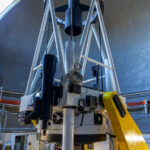 Since we put our large telescope into operation, we have been working on setting up various peripheral systems that have to work together harmoniously. These are the automatic focus, the pressure in the air cushion under the primary mirror and the positioning in the sky. Together, their settings then provide images such as that of the globular star cluster Messier 13.
Since we put our large telescope into operation, we have been working on setting up various peripheral systems that have to work together harmoniously. These are the automatic focus, the pressure in the air cushion under the primary mirror and the positioning in the sky. Together, their settings then provide images such as that of the globular star cluster Messier 13.
Globular clusters are satellites of galaxies. At several billion years of age, they are very old and are distributed spherically around their home galaxy, in complete contrast to the spiral disk. Messier 13 is the brightest globular cluster in the northern sky, more than 10 billion years old and ‘only’ around 26,000 light years away from us.
A small side note: 50 years ago, M13 was the target of a radio signal in order to make contact with a possible extraterrestrial civilization. Apart from the fact that, if successful, we would have to wait more than 50,000 years for a reply, a civilization there is unlikely. Due to the advanced age of the cluster, hardly any massive stars have developed that produce heavy elements and explode at some point. The environment is therefore not enriched with heavy elements such as iron, which in turn are a prerequisite for life.
Picture: Thomas Eversberg & Rüdiger Fischer. Text: Thomas Eversberg
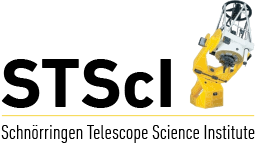

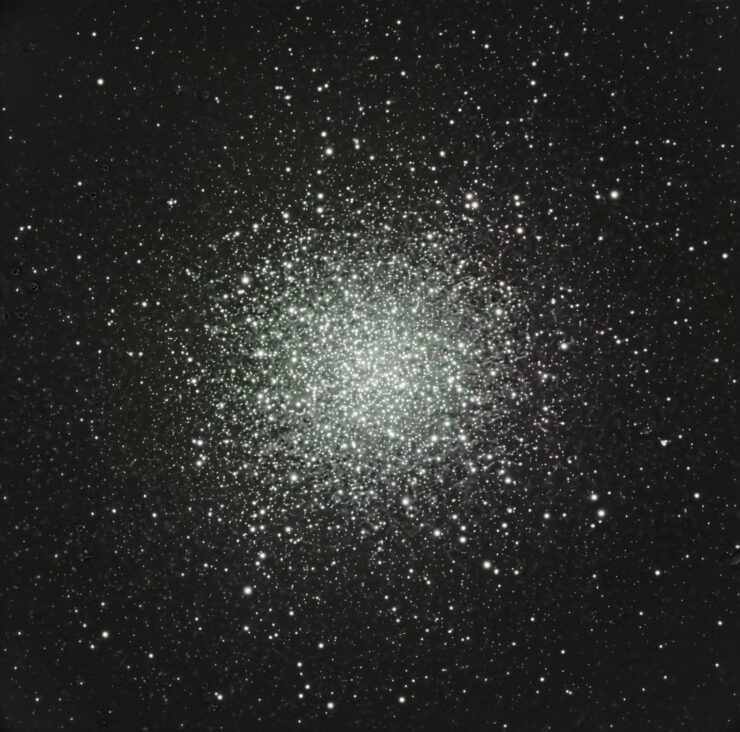
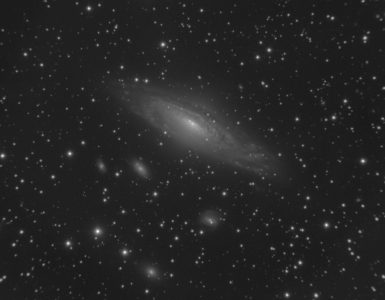
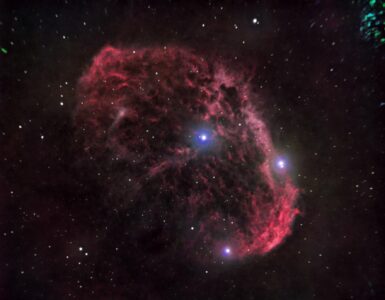
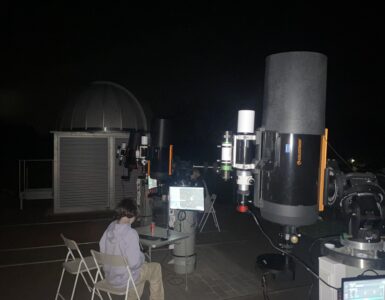
The ARECIBO Message
https://www.societyofcontrol.com/seti/msg_simple.htm